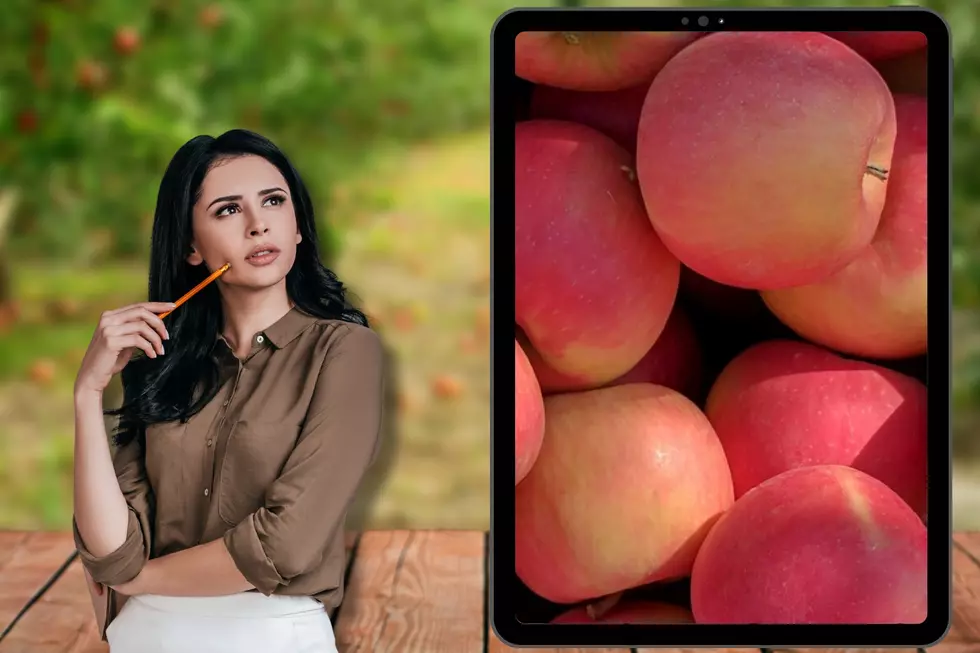
Using Radiation Post Harvest Can Fight Pests
Fighting pests before exporting produce is often done using methyl bromide, but radiation is becoming more common particularly with fruit.
Dr. Peter Follett, a Research Entomologist with USDA’s Agricultural Research Service, said there are three different methods; x-rays, gamma rays or e-beams.
“They basically mess up the genetic material inside the insect without damaging the fruit and so the insect is sterilized and can’t reproduce and spread once it’s moved or if it’s moved to a foreign destination.”
In addition to fighting pests, Follett said radiation can extend shelf life by killing diseases that can live on the surface of the fruit.
Few countries have adopted import laws that allow for radiation, one of the reasons Follett said it’s not used on a more widespread basis as people get caught up in the term.
“Irradiation has no effects on the nutritional quality of the produce. It leaves no residues. And most types of fresh produce tolerate the treatment very well. In many it’s actually a better treatment than all the alternatives.”
Follett called irradiation the treatment of the future since it is cost effective and safe and that the U.S. is looking to educate other countries.
If you have a story idea for the Washington Ag Network, call (509) 547-1618, or e-mail krounce@cherrycreekradio.com.
More From PNW Ag Network









